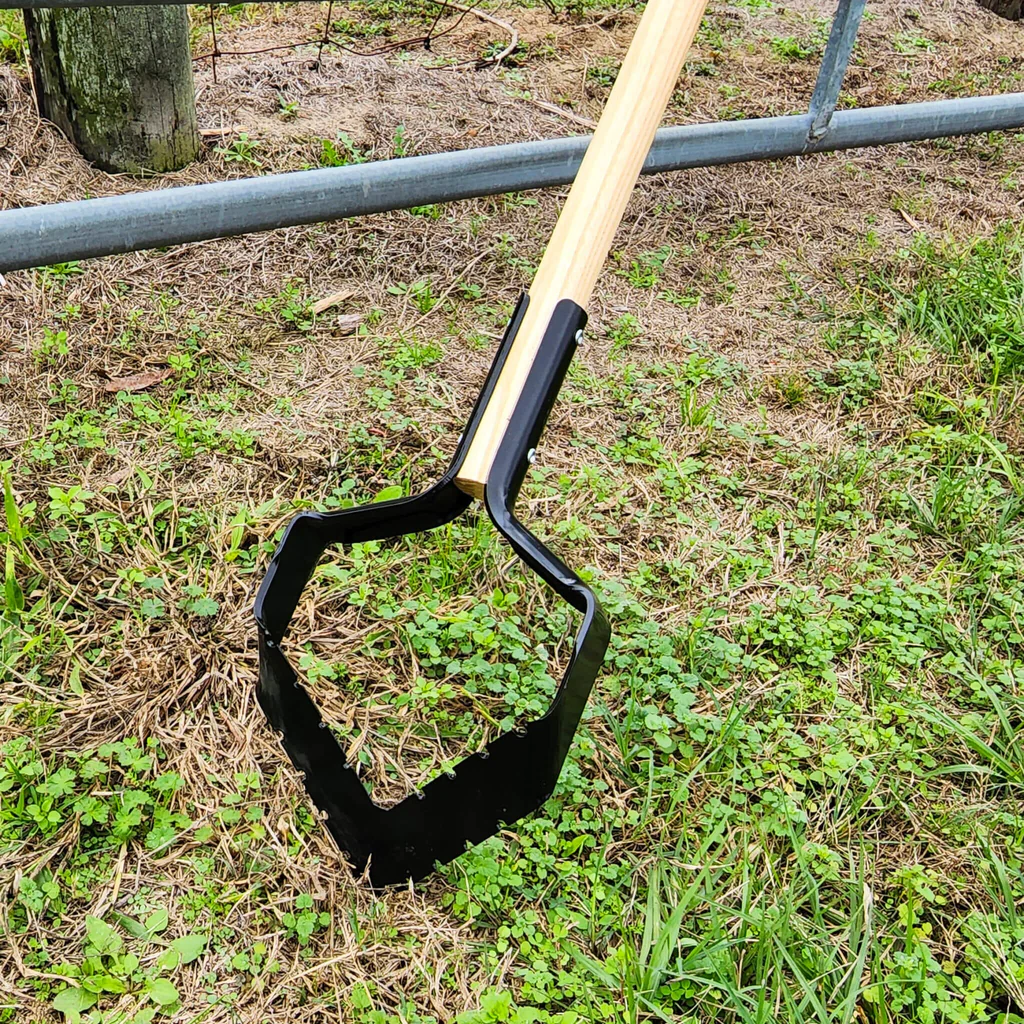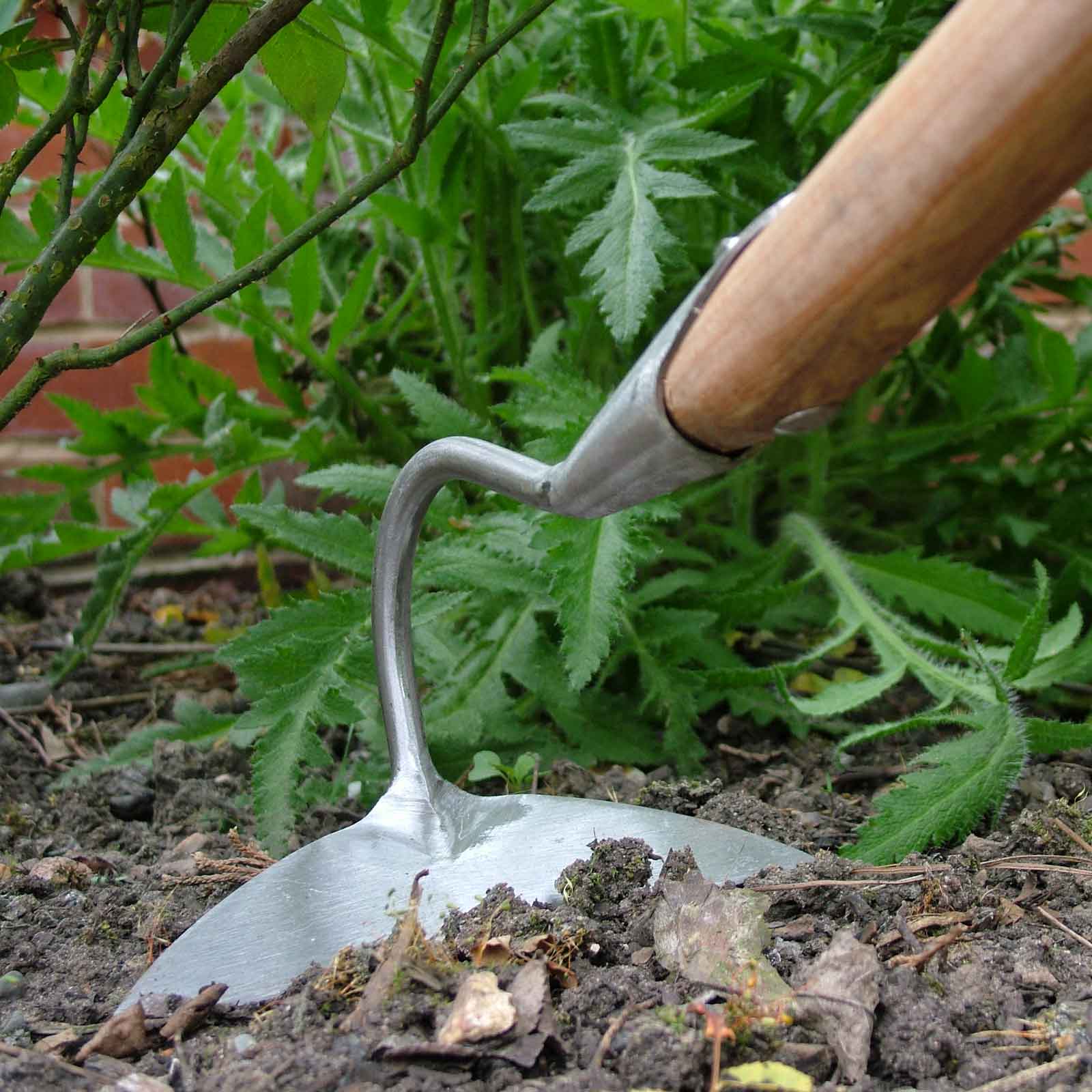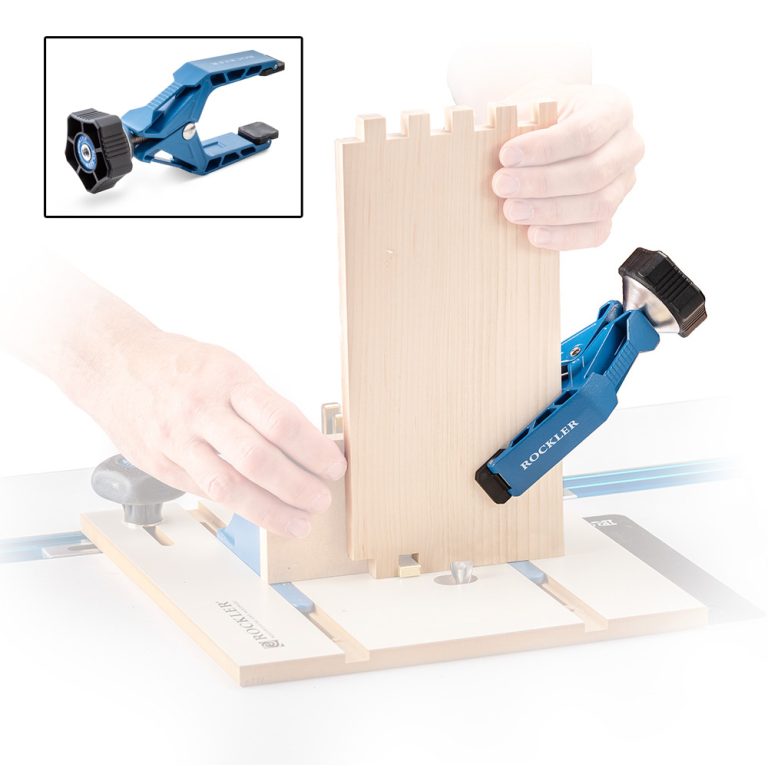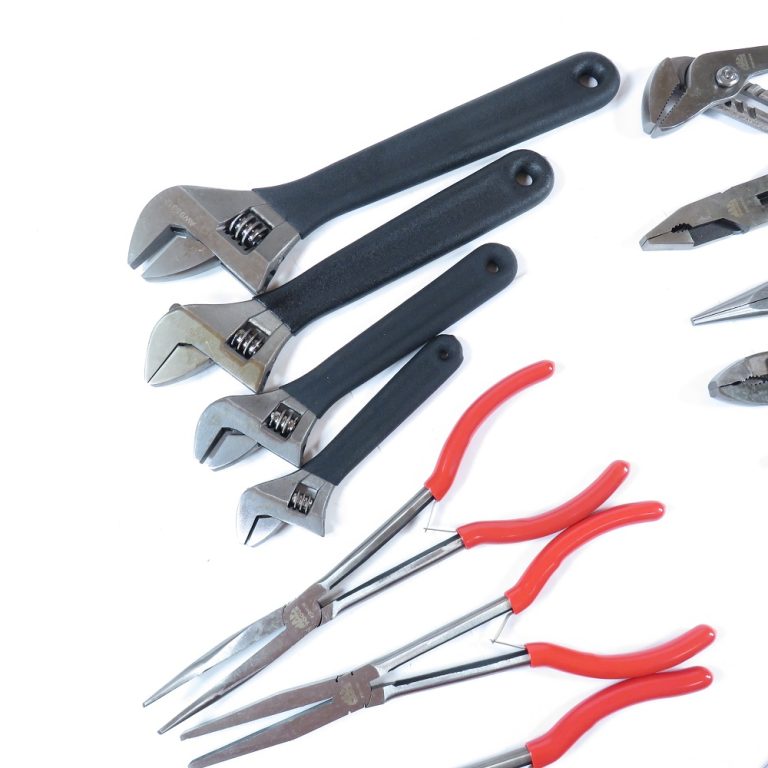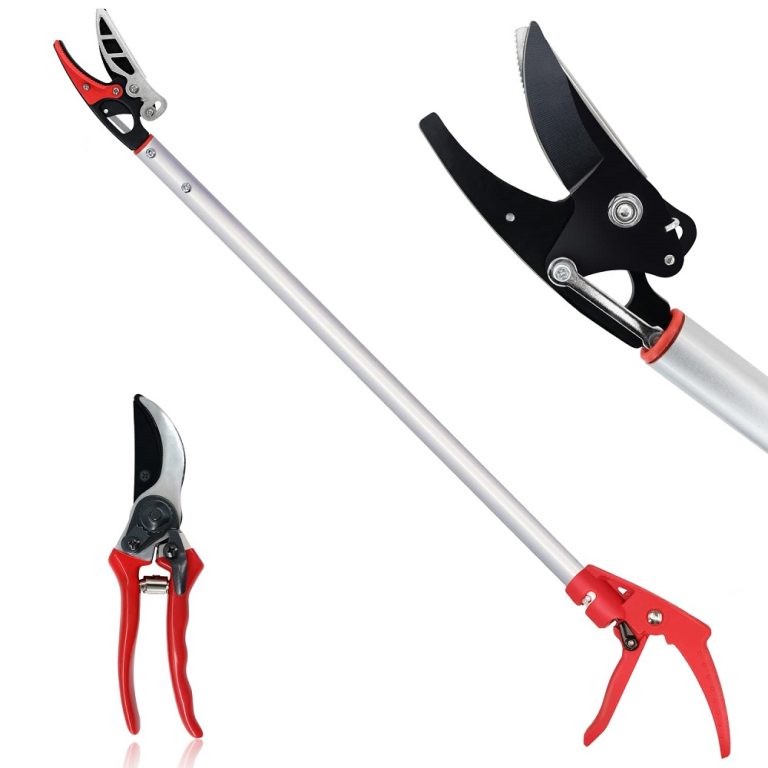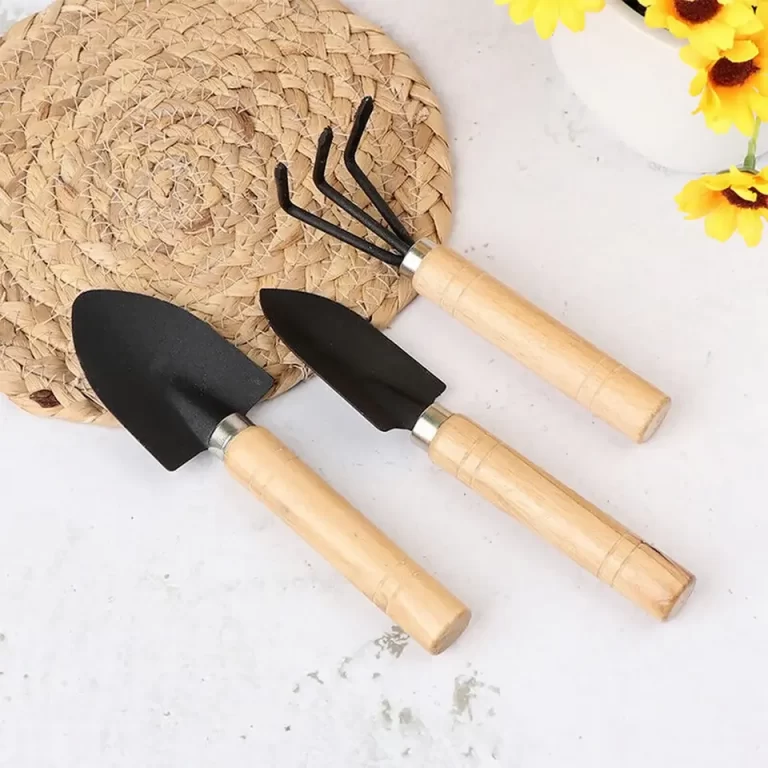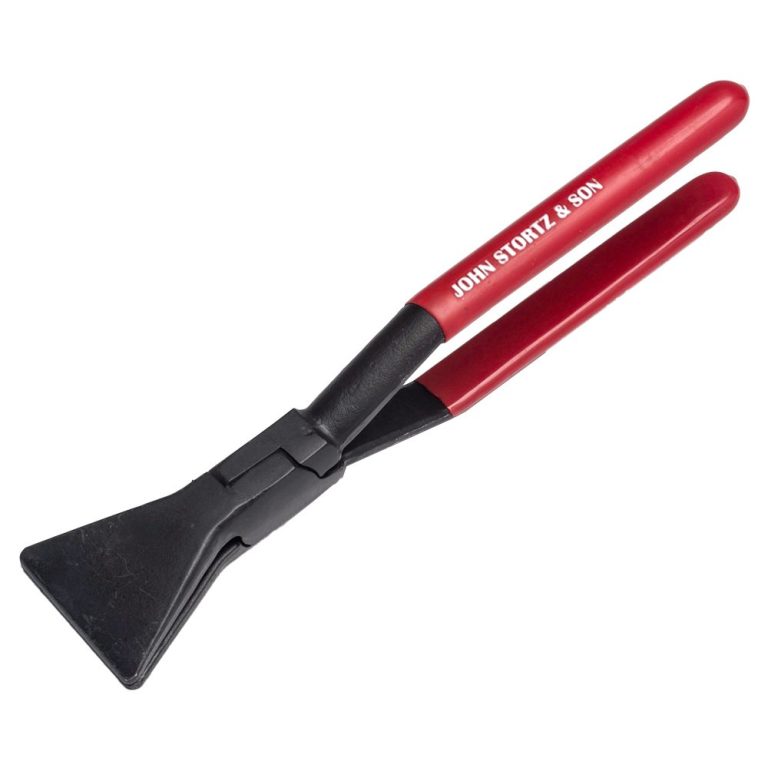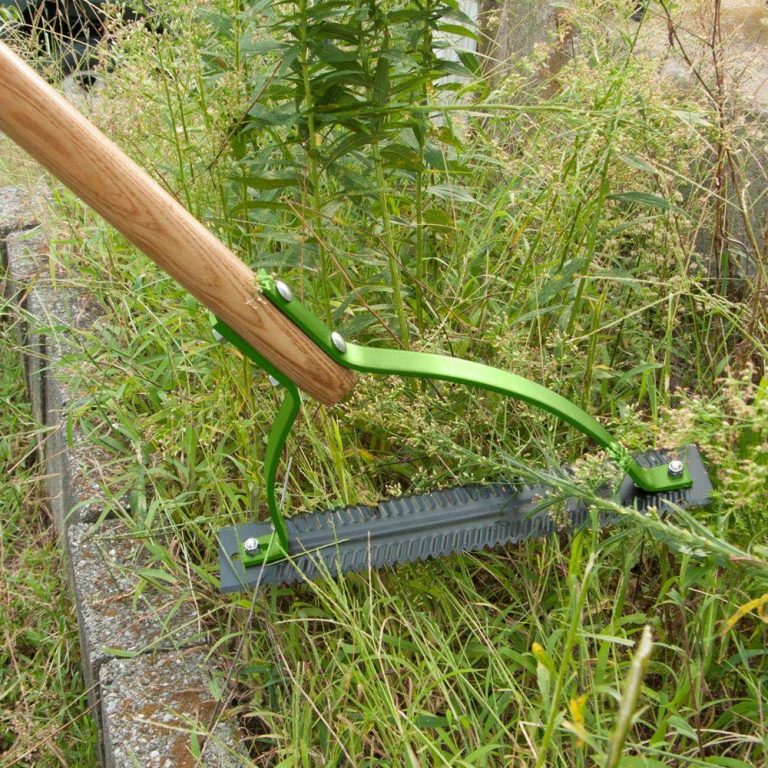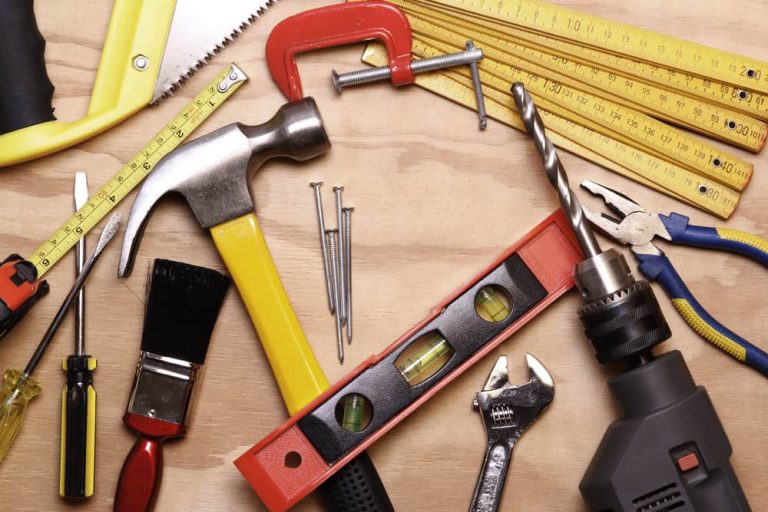What Is a Hand Hoe?
A hand hoe is a versatile garden tool. It features a small blade attached to a short handle. Gardeners use it for various tasks. Hand hoes come in different shapes and sizes. Each type serves a specific purpose in the garden.
The History of Hand Hoes
Hand hoe garden tool have ancient origins. Early farmers used them to cultivate crops. The tool evolved over time. Different cultures developed unique designs. Hand hoes remain popular today. They offer precision and control in gardening.
Types of Hand Hoes
Draw Hoe
The draw hoe is a classic design. It has a flat blade at a right angle to the handle. Gardeners pull it towards them to work the soil. Draw hoes excel at creating furrows. They also remove weeds effectively.
Scuffle Hoe
Scuffle hoes have a looped or stirrup-shaped blade. The blade moves back and forth just below the soil surface. This action cuts weed roots. Scuffle hoes work well in loose soil. They’re ideal for maintaining weed-free garden beds.
Warren Hoe
Warren hoes feature a heart-shaped or triangular blade. The pointed tip digs easily into soil. Gardeners use them to create planting holes. Warren hoes also work well for making furrows and hills.
Collinear Hoe
The collinear hoe has a thin, sharp blade. It sits parallel to the ground when in use. Gardeners use a sweeping motion to slice through weed stems. Collinear hoes cause minimal soil disturbance. They’re perfect for precision weeding.
Dutch Hoe
Dutch hoes have a wide, flat blade. The blade pushes forward just under the soil surface. This design efficiently cuts weed roots. Dutch hoes cover large areas quickly. They’re ideal for maintaining pathways and open spaces.
Benefits of Using a Hand Hoe
Precision
Hand hoes offer excellent control. Gardeners can work around delicate plants easily. The tool allows for targeted weeding and soil cultivation. This precision minimizes damage to desired plants.
Versatility
A single hand hoe performs multiple tasks. It weeds, cultivates soil, and creates planting furrows. Some designs even aerate compost piles. This versatility makes hand hoes essential garden tools.
Exercise
Using a hand hoe provides a good workout. It engages core muscles and improves flexibility. Regular use builds strength and endurance. Gardening with a hand hoe promotes physical health.
Cost-Effective
Hand hoes are relatively inexpensive. They require no fuel or electricity. With proper care, a hand hoe lasts for years. This makes it a cost-effective choice for gardeners.
Environmentally Friendly
Hand hoes produce no emissions. They don’t disturb soil structure like powered tillers. Using a hand hoe promotes sustainable gardening practices. It’s an eco-friendly tool choice.
How to Choose the Right Hand Hoe
Consider the Task
Different hoe types excel at specific tasks. Choose a draw hoe for heavy soil work. Select a scuffle hoe for maintaining loose soil. Match the hoe type to your gardening needs.
Handle Length
Handle length affects comfort and reach. Longer handles provide more leverage. Shorter handles offer greater control. Choose a length that suits your height and gardening style.
Blade Material
Hoe blades come in various materials. Steel blades are durable and hold an edge well. Aluminum blades are lightweight but less durable. Consider the trade-offs when selecting a blade material.
Weight
A heavier hoe provides more force for tough jobs. Lighter hoes reduce fatigue during extended use. Balance weight with the intended use and your physical capabilities.
Ergonomics
Look for ergonomic features in hand hoes. Cushioned grips reduce hand strain. Angled handles improve working posture. These features enhance comfort during prolonged use.
Proper Hand Hoe Technique
Stance
Stand with feet shoulder-width apart. Maintain a slight bend in the knees. This stance provides stability and reduces back strain.
Grip
Hold the hoe with both hands. Place one hand near the blade for control. Position the other hand at the handle’s end for leverage. Adjust grip as needed for different tasks.
Motion
Use smooth, controlled movements. Let the hoe’s weight do most of the work. Avoid overexertion or jerky motions. Proper technique increases efficiency and reduces fatigue.
Angle
Keep the blade at a shallow angle to the soil surface. This angle promotes efficient cutting and soil movement. Adjust the angle based on the specific task and soil conditions.
Depth
Control the working depth of the hoe blade. Shallow depths suffice for most weeding tasks. Deeper cuts suit soil cultivation and furrow creation. Match depth to the job at hand.
Maintaining Your Hand Hoe
Cleaning
Clean the hoe after each use. Remove soil and debris from the blade. Wipe down the handle to prevent moisture damage. Proper cleaning extends the tool’s lifespan.
Sharpening
Keep the blade sharp for optimal performance. Use a file to maintain the blade’s edge. Sharp blades cut through soil and weeds more easily. Regular sharpening reduces effort during use.
Storage
Store hand hoes in a dry location. Hang them to prevent blade damage. Apply a light coat of oil to metal parts. Proper storage prevents rust and extends tool life.
Handle Care
Inspect wooden handles for cracks or splinters. Sand rough spots to prevent blisters. Apply linseed oil to protect wood from moisture. Well-maintained handles enhance comfort and safety.
Repair
Replace loose or damaged blade heads promptly. Secure wobbly handles with wedges or screws. Address repairs early to prevent further damage. Proper maintenance ensures long-term usability.
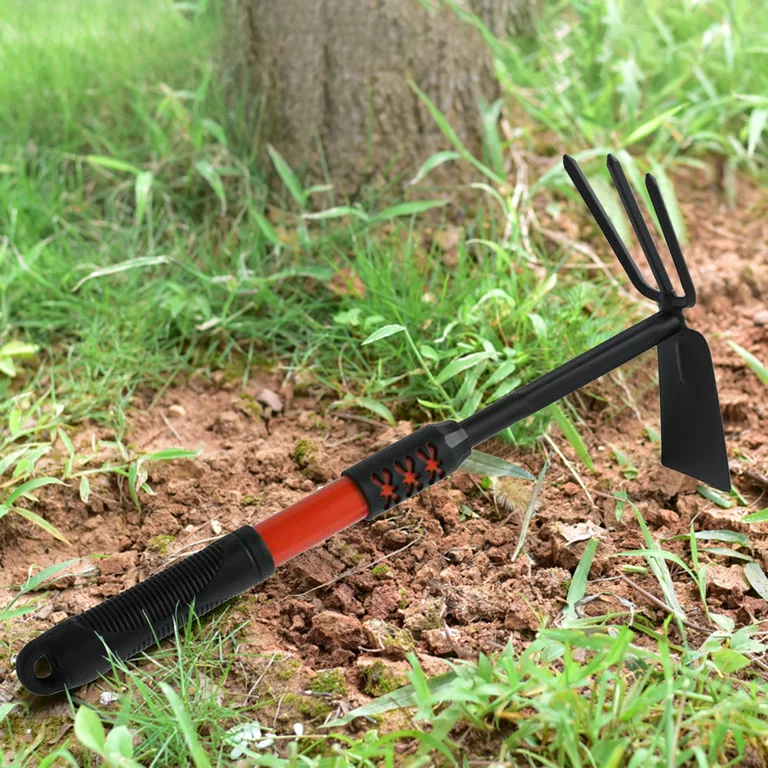
Hand Hoe Safety
Wear Proper Attire
Use closed-toe shoes when gardening. Wear gloves to protect hands from blisters. Long pants guard against scratches and soil contact. Appropriate attire enhances safety and comfort.
Be Aware of Surroundings
Watch for obstacles in the work area. Avoid hitting rocks or hard objects. Be mindful of nearby plants and structures. Awareness prevents accidents and tool damage.
Use Proper Form
Maintain good posture while using the hoe. Avoid overreaching or twisting awkwardly. Take breaks to prevent fatigue. Proper form reduces the risk of injury.
Store Safely
Keep hand hoes out of reach of children. Store them with blades facing down or away. Ensure storage areas are dry and secure. Safe storage prevents accidents and prolongs tool life.
Inspect Regularly
Check for loose blade heads or handles. Look for cracks or damage before each use. Replace worn or broken parts promptly. Regular inspection ensures safe and effective operation.
Hand Hoe Alternatives
Garden Forks
Garden forks aerate and loosen soil. They’re useful for turning compost. Forks handle tougher soil conditions than most hoes. They provide an alternative for heavy-duty tasks.
Trowels
Trowels excel at planting and transplanting. They dig small holes efficiently. Trowels offer precision for working around established plants. They’re handy for container gardening.
Weed Pullers
Weed pullers extract weeds with their roots. They work well on deep-rooted weeds. Pullers minimize soil disturbance. They provide an alternative to hoeing in certain situations.
Power Tillers
Power tillers quickly cultivate large areas. They’re useful for initial garden preparation. Tillers handle tough soil conditions easily. However, they lack the precision of hand tools.
Hand Hoes in Different Gardening Styles
Traditional Row Gardening
Hand hoes excel in traditional row gardens. They create furrows for planting seeds. Hoes maintain pathways between rows. They efficiently remove weeds throughout the growing season.
Raised Bed Gardening
In raised beds, hand hoes offer precise control. They work well in confined spaces. Hoes help maintain soil structure without compaction. They’re ideal for intensive planting methods.
Square Foot Gardening
Square foot gardening benefits from hand hoe precision. Hoes create grids and planting holes easily. They maintain clear boundaries between plant sections. Compact hoe designs suit this gardening style well.
Container Gardening
Small hand hoes work well in container gardens. They loosen soil without damaging roots. Hoes help incorporate amendments into potting mix. They maintain soil health in limited spaces.
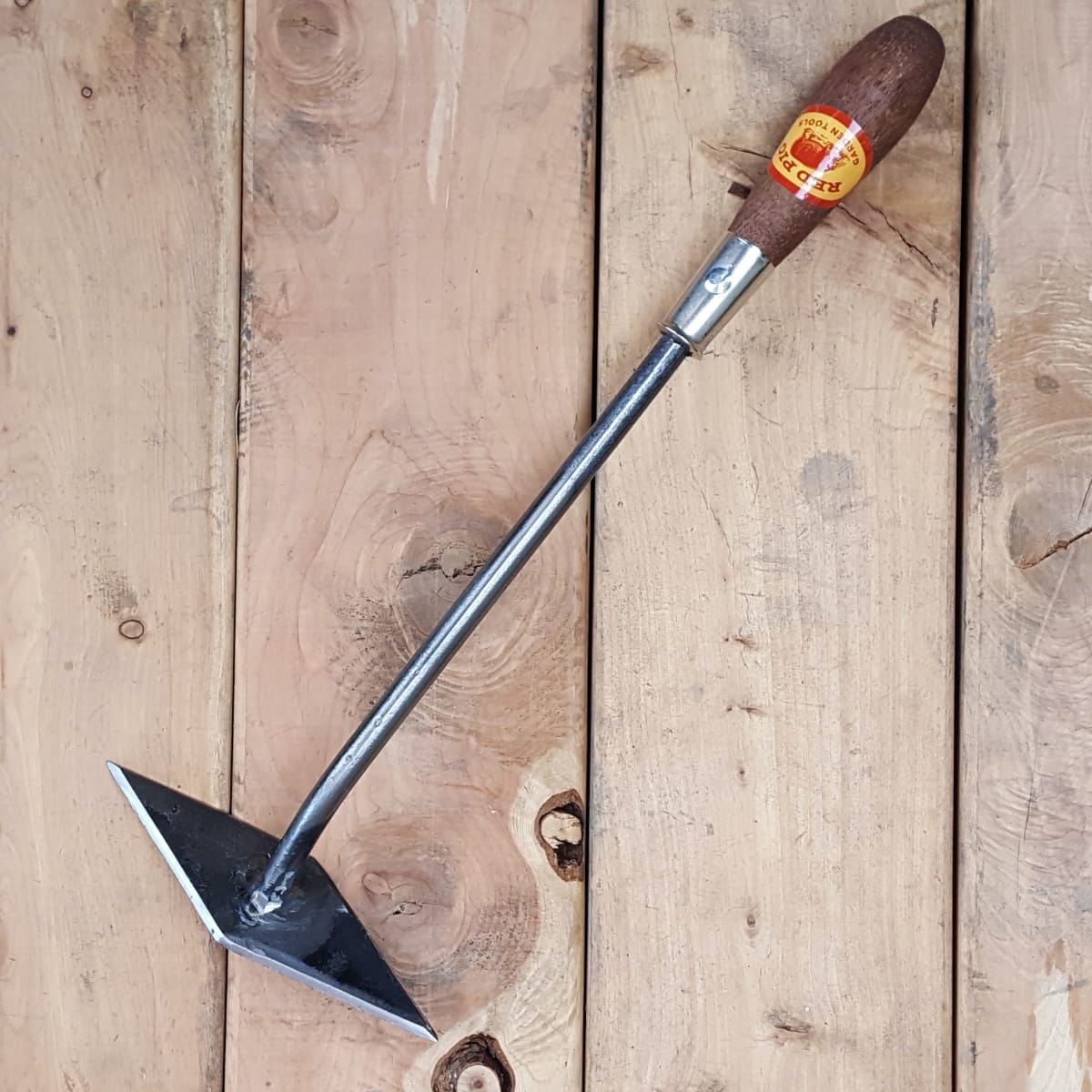
The Future of Hand Hoes
Sustainable Materials
Future hand hoes may incorporate more sustainable materials. Recycled plastics and metals reduce environmental impact. Biodegradable components could minimize waste. Sustainable production becomes increasingly important.
Smart Technology Integration
Some manufacturers explore adding smart features to hand tools. Sensors could track soil moisture or nutrient levels. Data collection might inform gardening decisions. Technology integration could enhance
Multifunctional Designs
Future hand hoes may incorporate more functions. Soil testing capabilities could be integrated. Seed dispensers might be added to some models. Increased functionality could streamline gardening tasks.
Hand hoes remain essential garden tools. They offer precision, versatility, and sustainability. As designs evolve, hand hoes will continue to serve gardeners well. Their simplicity and effectiveness ensure a lasting place in the garden toolkit.

